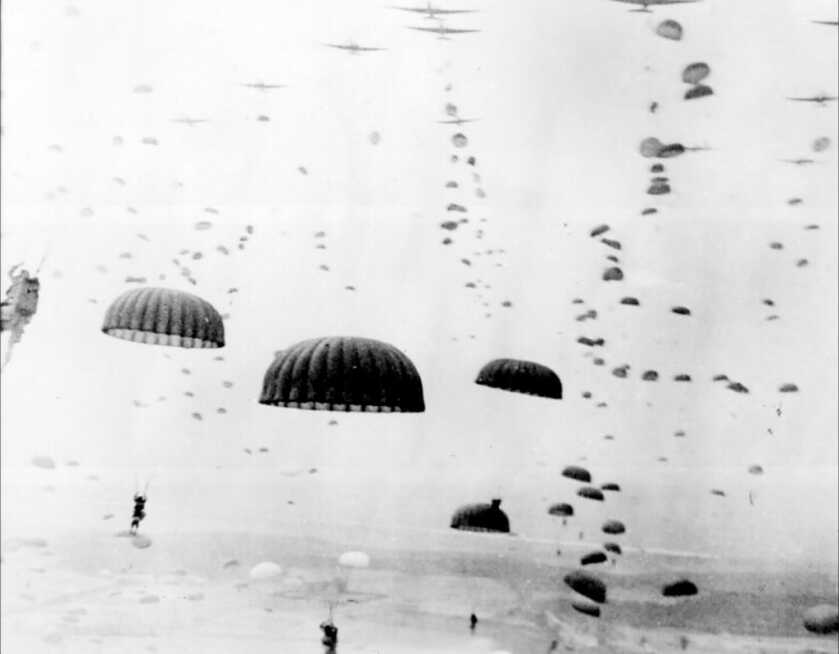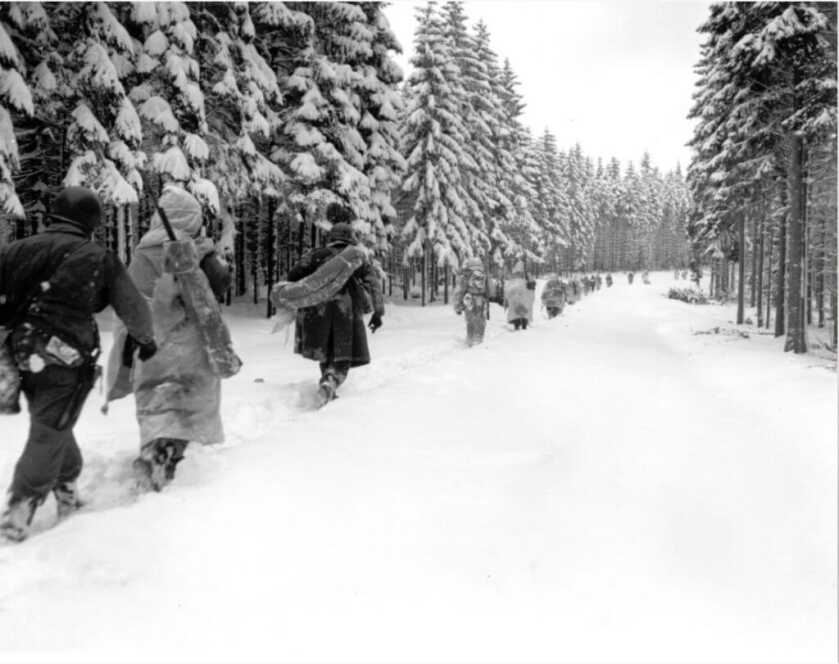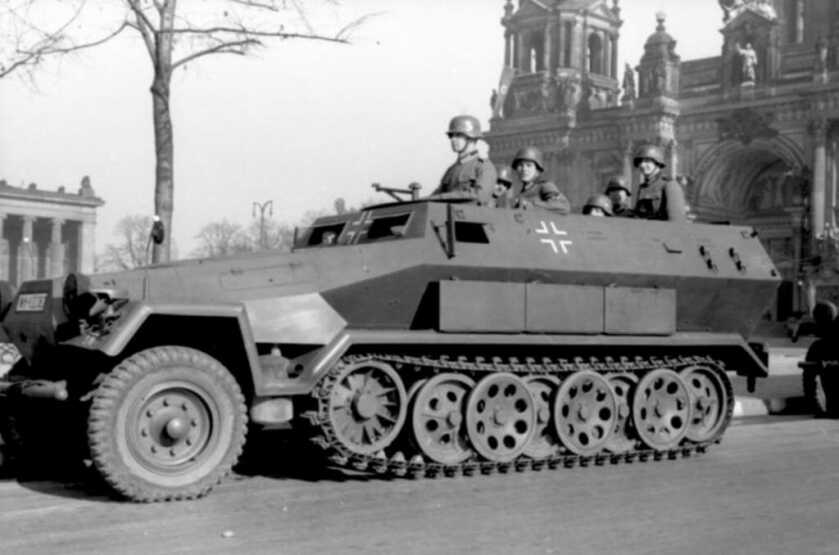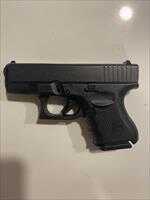
Estimated reading time: 11 minutes
What is the secret sauce that makes a great soldier? Movies have spoiled us. We think it is Steve Rogers from Captain America. Our imaginary ideal has a chiseled physique, a square jaw, and a way with the ladies. In the real world, that guy is likely the first dude to cower in the bottom of his hole when the shooting starts. Sometimes when life goes pear-shaped it is the most unassuming who are the most extraordinary. So it was with Rocky Bertoldo.
Table of contents
The Beginning
Vito Rocco Bertoldo was born in Decatur, Illinois, in the winter of 1916. His parents were Rocco and Mary Bertoldo. One of five children, he went by Rocky. Tragically, his mother Mary died when he was young.

Rocky’s dad was overwhelmed trying to work and raise five kids, so Rocky spent a fair amount of his formative time in an orphanage. He later attended both public and parochial schools. Once he came of age, Rocky took a job as a coal miner and then as a truck driver. Then the world came unglued.
Available on GunsAmerica Now
In an era when military service carried a serious probability of death or serious injury, Bertoldo had the golden ticket. He was underweight, and his eyesight was atrocious. Nowadays you have to pass a fairly detailed physical exam to become a commercial truck driver. Back then, not so much. Regardless, thanks to his eyes Uncle Sam had little use for Rocky Bertoldo.
In 1942, Rocky pressed the issue and was allowed to enlist with a waiver. He could don the uniform but only if he served stateside as a Military Policeman. He would not be eligible for deployment.

Bertoldo Wants More
Rocky Bertoldo was not satisfied with this. Once he was on active duty he talked his way into the 42d Infantry Division. There he trained in infantry tactics, but his eyesight still flummoxed him. When it was time to get serious, the Army made him a cook to keep him someplace where his crummy eyes wouldn’t be a liability. He was eventually assigned to Company A, 1st Battalion, 242d Infantry Regiment and deployed to France.
Bertoldo’s Regiment hit the ground running. His company commander, CPT William Corson, later admitted that Bertoldo was his only disciplinary hard case. The near-sighted Private did not get along with the company mess sergeant. When things got hairy and the battalion requested three soldiers per company be given up to pull security at the battalion command post, Bertoldo’s mess sergeant willingly volunteered the young troublemaker’s name.
In short order, PVT Rocky Bertoldo reported for duty alongside eight strangers drawn from across the battalion. The senior battalion NCO tasked with securing the CP could not have been particularly inspired.

The Western Front
It’s tough to imagine what it would have been like to be serving on the Western Front during World War 2 in January 1945. A month before, the world had believed the Germans spent. Montgomery’s Operation Market Garden had failed to meet its objectives, but with each passing day, thousands of Allied troops and untold tons of material flowed onto the continent from America and elsewhere. And then on 16 December 1944, the Germans launched Operation Watch on the Rhine.

Bold Assault
The Germans launched this bold and unexpected assault with 410,000 Wehrmacht and Waffen SS troops. They were supported by 1,400 tanks, tank destroyers, and assault guns along with more than 1,000 combat aircraft. German forces achieved tactical surprise and shoved the defending Americans back viciously, but the Allies held.
This resulted in a gigantic bulge that ultimately lent its name to this epic fight. The Battle of the Bulge ultimately cost 19,000 American lives. It was the largest and bloodiest single battle fought by the United States in World War 2. It was also an abject failure for the Germans.
Hitler’s strategic objective had been the Belgian port of Antwerp. However, the rapid redeployment of Patton’s Third Army along with clearing skies that unleashed the Allied air forces spelled doom for the SS armored spearheads. Desperate to relieve some of the pressure and help their panzers regain momentum, the Germans launched a supporting attack against the US 7th Army called Operation Northwind.

Operation Northwind
Operation Northwind blasted out of southwestern Germany into northeastern France with two full German Armies consisting of six separate Corps, two of which were drawn from the Waffen SS. Historians typically overlook Northwind in the shadow of the Battle of the Bulge. The strategic objective was to break through the US 7th and French 1st Armies in the Alsatian Plain and Upper Vosges Mountains and seize Strasbourg.
The overarching plan was to use Northwind’s gains as a springboard for Operation Dentist. Dentist was a proposed German assault into the rear echelons of Patton’s 3d Army. In Hitler’s mind, Watch on the Rhine, Northwind, and Dentist would synergistically reverse his fortunes and force the Americans and British to sue for peace. Reality was something else entirely. That was because of guys like the near-sighted Rocky Bertoldo.
Somewhere along the line and against all odds, Rocky Bertoldo was promoted to PFC. On 9 January 1945, PFC Bertoldo was posted to the entrance of his battalion command post near Hatten, France. As German shelling grew ever more intense, the battalion commander decided to pull his CP back to a better-protected area. However, this was going to take a while.

Bertoldo And His Machine Gun
PFC Bertoldo grabbed a Browning machine gun and set up on the approaches leading to the CP. In short order, German tanks had the CP under direct fire. Despite 75mm and 88mm high explosive rounds tearing up the area, Bertoldo held his fire awaiting the supporting infantry he knew would come. Once the tanks’ infantry support moved up to clear the area, PFC Bertoldo unleashed hell.
Now build a mental picture of just what this guy was up against. He had originally set up his machine gun in the street. He fought for the next twelve hours keeping the attacking German forces at bay. Eventually, under intense fire from German tanks and assault guns, Bertoldo retreated into the CP itself, a substantial commandeered building. There he set up his smoking hot machinegun on a table and oriented it out a window. The attacking German tanks now unlimbered their main guns from a slant range of 75 meters.

Bertoldo Leans Out A Window
One round blew PFC Bertoldo across the room. He nonetheless gathered himself up and returned to his gun. A pair of Sd.Kfz. 251 halftracks loaded with German troops and supported by a tank then moved forward to seize the CP. Once the German grunts dismounted, PFC Bertoldo took up his gun, leaned out a window, and killed more than twenty of them in a single engagement.
PFC Bertoldo volunteered to stay behind and cover the rest of the withdrawal. He remained in position shooting it out with the attacking Germans all night long. The following morning he dragged his machinegun to the CP of an adjacent battalion and got ready to do it all over again.

The Germans launched this attack with a tank, an assault gun, and fifteen infantrymen. Bertoldo’s withering machinegun fire cut down the supporting Landsers. In response, the assault gun advanced until the muzzle of its gun was inside the room where Bertoldo was fighting. The resulting muzzle blast once again launched Bertoldo across the room and seriously wounded the few remaining American defenders.

Artillery Attack
An American bazooka team hit the assault gun from the flank and set it alight. This gave a dazed and disoriented PFC Bertoldo time to regain his wits and return to his gun. He then used the weapon to slaughter the surviving Germans as they attempted to withdraw.
In the face of such overwhelming firepower, this American battalion commander decided to pull his CP back as well, this time under cover of darkness. Once again, PFC Bertoldo volunteered to cover the withdrawal. However, the Germans attacked once more in force before night fell on 10 January.
The Germans again led with artillery and direct fire support from tanks and assault guns. Now running low on ordnance, PFC Bertoldo found a case of white phosphorus grenades and began hurling them at the attacking Germans. An enemy tank responded with a main gun round fired from a scant 50 meters. The resulting explosion yet again hurled Bertoldo across the room, this time destroying his machine gun. Now alone, PFC Bertoldo took up an M1 rifle and single-handedly covered the withdrawal of the remaining friendly troops.

PFC Bertoldo fought constantly for more than 48 hours without respite. He battled German tanks at contact range and personally accounted for at least forty German dead along with literally countless wounded. For his extraordinary actions on those frigid French days, PFC Bertoldo definitely earned his Medal of Honor.
The Rest of the Story

Rocky Bertoldo continued to serve until the end of the war, ultimately separating as a Master Sergeant. He left the military in February of 1946 and took a job with the VA in San Francisco as a veterans advocate. He left the VA in 1958 to start a landscaping company.

MSG Bertoldo was diagnosed with lung cancer in 1966. He died shortly thereafter and was buried at the Golden Gate National Cemetery in San Bruno, California. He was 49 years old.
READ MORE: Louis Curdes: The Triple Axis Fighter Ace Who Shot Down His Own Wife
Bertoldo was married twice. A son by his first wife named David Valor Bertoldo served as a Marine in Vietnam and earned a Bronze Star Medal before embarking on a career with the California Highway Patrol. Bertoldo’s grandson David Christopher served with the US Army during the First Gulf War. Rocky Bertoldo, the half-blind troublemaker cook from Illinois, was indeed one of America’s greatest military heroes.
*** Buy and Sell on GunsAmerica! ***











You can usually tell a persons level of myopia, near nearsightedness, by how the side of the face looks through the lenses. If, when looking at someone, the lens makes the features smaller, that is a high diopter correction. Farsighted folks needing large correction usually have the owl eye look through the lens. Judging from how Vito Bertoldo looked in the pix, I would say he was around 20/100 to 20/200, which sounds bad, but in reality, you can still see quite well. When they try to show myopia in movies and TV where they blur the picture to show what the person is supposed to be seeing without their glasses, that depiction is all wrong. Probably the military’s main fear with bespectacled troops needing large correction, is that if he loses his glasses or they are destroyed, while he could see acceptably even at 20-200, he would miss cues and signals that would decrease his survivability, or create a burden for well sighted troops to help him, much like a wounded man. I know this because I almost failed my pre-induction physical due to near sightedness even with correction, but I then got GI issued glasses that were butt ugly and thick because they were safety/shatter proof glass lenses. The only saving grace was I was a good shot, and you had a rifle if someone gave you crap about your vision.
Pvt. Audie L. Murphy was a runt who was rejected by the Marines and Paratroops, and whose eventual rifle company C.O tried to shunt him into the mess section. Corporal Alvin C. York was almost declared a conscientious objector. Corporal Desmond T, Doss was indeed a conscious objector. Now we learn of Pvt. Rocky Bertoldo, a half-blind, indefatigable refugee from the ranks of the 4-Fs, a One Man Army at Hatten in 1945.
Thanks for another great true story, Dr. Dabbs!
I love Will Dabb’s articles. So true. The little whiny crybaby SOB’s of today that hate everything American don’t know they owe everything to men, and women like this
How is this story not a book or a movie? RIP Rocky and thank you for your service and our freedom.
Great article, as usual. One small point—he was 49 when he died.
It’s not the size of the dog in the fight. It the size if fight in dog. This dog had plenty of fight. God bkess.
Thanks Doc, that was well written. And as always, gives me a starting point to learn more.